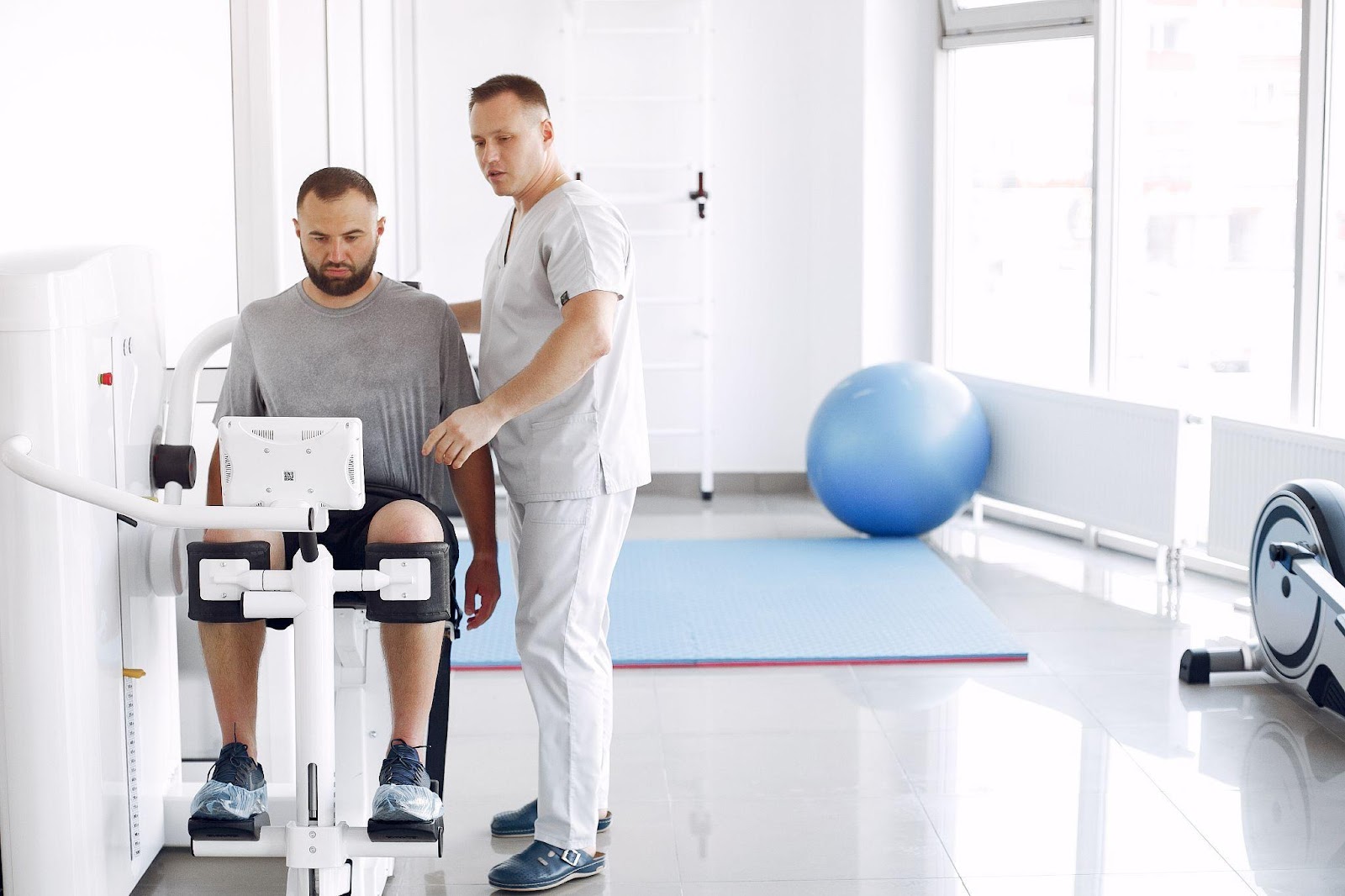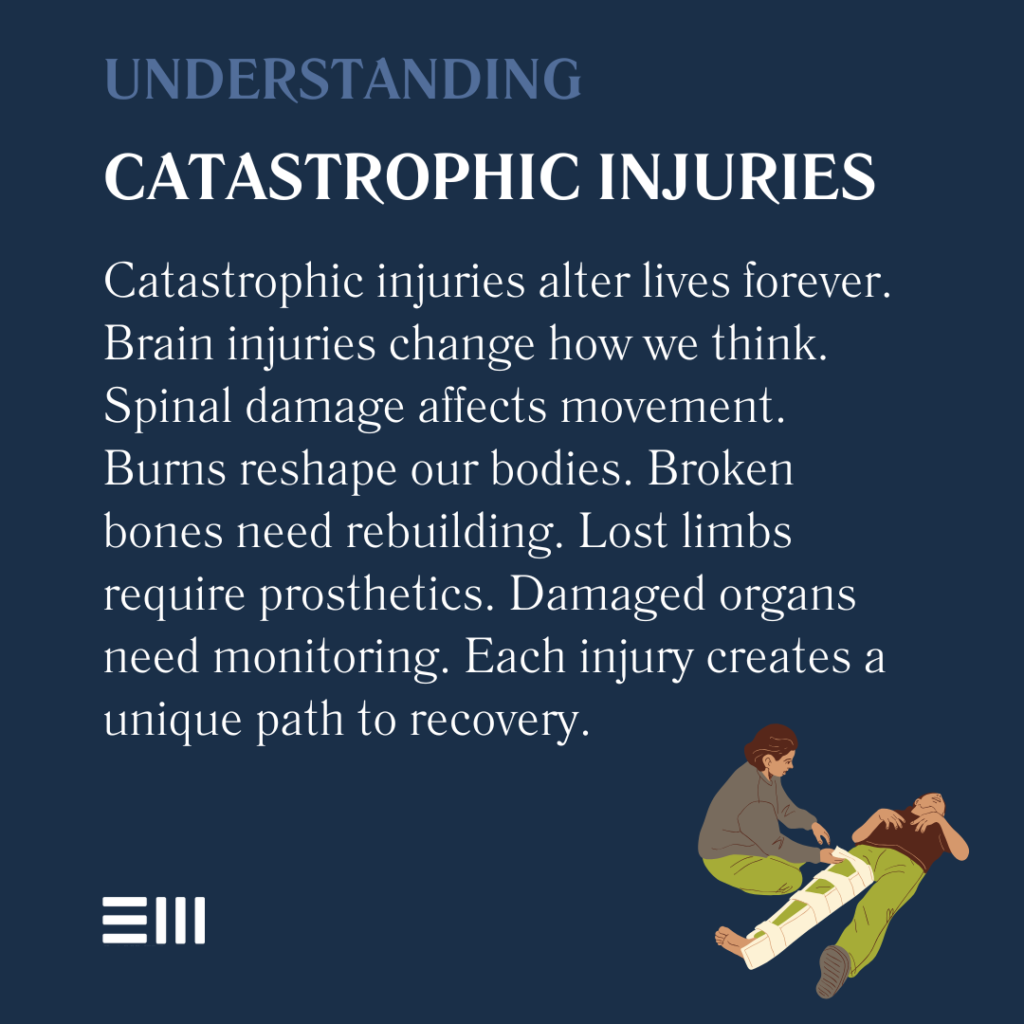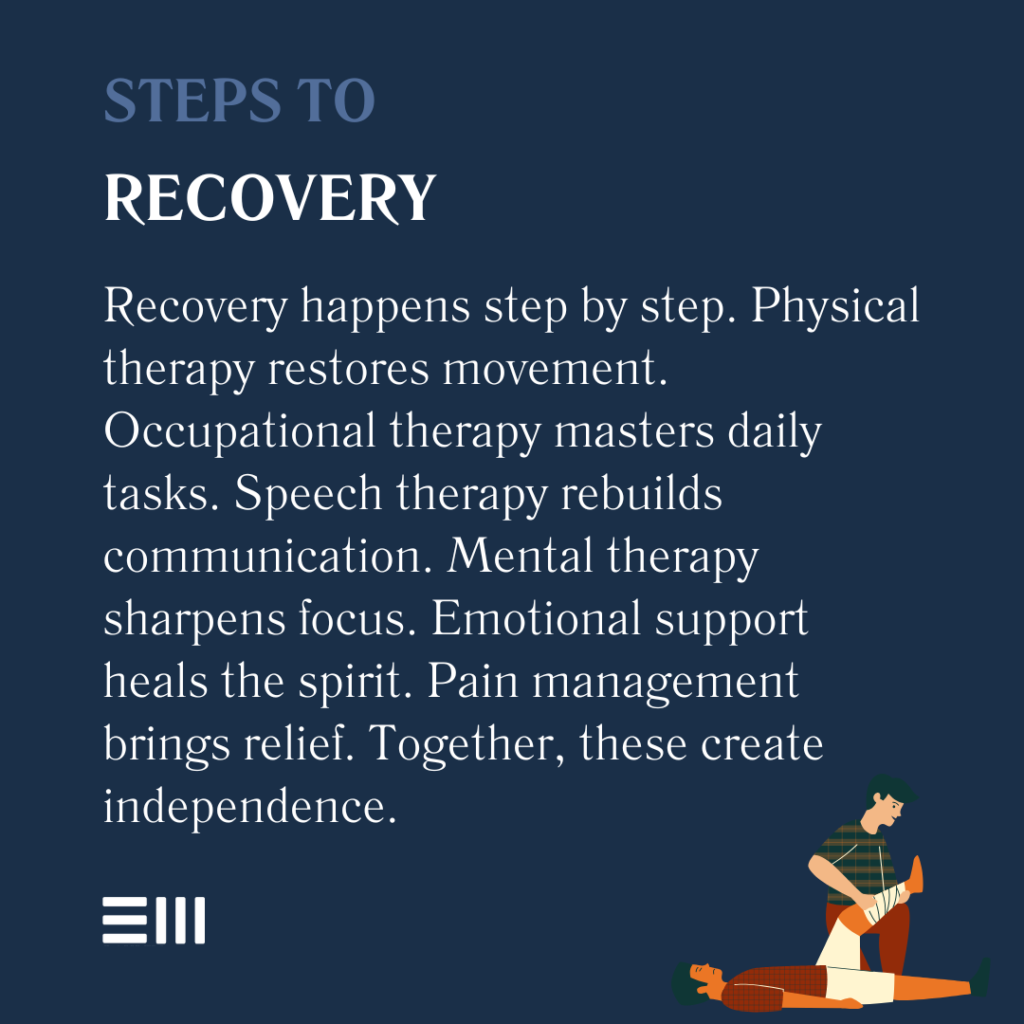
Nearly 2.8 million Americans survive catastrophic injuries each year, facing life-altering challenges that reshape their daily routines and future possibilities.
Behind each statistic lies a personal journey of resilience, adaptation, and determination—a path that thousands of Alabama families navigate with courage and hope.
Understanding Catastrophic Injuries
The impact of a catastrophic injury extends far beyond the initial trauma, creating ripples that touch every aspect of daily life.
These injuries fundamentally alter a person’s ability to perform basic functions and often require extensive medical intervention and ongoing support.
Understanding the full scope of these injuries helps families prepare for the journey ahead.
Common types of catastrophic injuries include:
- Traumatic brain injuries (TBI);
- Spinal cord injuries resulting in paralysis;
- Severe burns covering significant body areas;
- Multiple traumatic fractures requiring extensive reconstruction;
- Amputations of limbs or digits;
- Internal organ damage requiring ongoing medical intervention;
- Vision or hearing loss affecting daily function;
- Complex neurological conditions; and
- Crush injuries with multiple system involvement.
The recovery journey following these injuries involves multiple healthcare specialists, therapeutic approaches, and adaptive solutions working in harmony to maximize independence and quality of life.
Each type of injury presents unique challenges and requires specialized expertise to address effectively.

The Role of Long-Term Rehabilitation
Long-term rehabilitation serves as the bridge between initial medical treatment and achieving maximum independence.
This comprehensive process combines various therapeutic approaches to help survivors regain function and adapt to new circumstances.
Success often depends on early intervention and consistent participation in rehabilitation programs.
Key components of long-term rehabilitation include:
- Physical therapy for strength, balance, and mobility restoration;
- Occupational therapy for daily living skills and workplace adaptation;
- Speech and language therapy for communication and swallowing issues;
- Cognitive rehabilitation for memory and processing improvements;
- Psychological counseling and emotional support;
- Pain management techniques and medications;
- Nutritional guidance and dietary adaptation;
- Aquatic therapy for low-impact strengthening;
- Respiratory therapy when needed; and
- Vision therapy for those with visual impairments.
After completing these primary rehabilitation components, patients often experience significant improvements in their functional capabilities and independence levels, though the journey continues with ongoing maintenance and adaptation.
Regular assessment and program adjustments ensure continued progress toward personal goals.

Adaptive Devices and Assistive Technology
Modern adaptive devices and assistive technology play a crucial role in enhancing independence and quality of life for catastrophic injury survivors.
These tools range from simple daily living aids to sophisticated electronic systems that can dramatically improve functional abilities and independence.
Common categories of adaptive devices include:
Mobility assistance:
- Manual and power wheelchairs;
- Custom-fitted prosthetics;
- Exoskeletons for mobility support;
- Smart walkers with fall prevention technology; and
- Transfer devices and lifts.
Communication devices:
- Speech generating devices;
- Eye-tracking systems;
- Brain-computer interfaces;
- Tablet-based communication apps; and
- Adaptive keyboards and switches.
Home modification equipment:
- Ceiling track lift systems;
- Automated door openers;
- Accessible bathroom modifications;
- Kitchen adaptations; and
- Smart home integration systems.
Personal care aids:
- Adapted grooming tools;
- Specialized feeding equipment;
- Dressing assistance devices;
- Bathroom safety equipment; and
- Transfer boards and slides.
The selection and implementation of these devices require careful assessment of individual needs, circumstances, and goals, ensuring optimal benefit and usage. Regular evaluation and updates to equipment ensure continued effectiveness as needs change over time.
Frequently Asked Questions About Catastrophic Injuries in Alabama
Understanding the complexities of catastrophic injuries and the rehabilitation process can feel overwhelming.
Here are detailed answers to questions that commonly arise during the recovery journey.
What Defines an Injury as Catastrophic?
A catastrophic injury typically results in long-term or permanent disability, requiring extensive medical treatment and ongoing care.
These injuries significantly impact basic functional abilities and often prevent return to previous employment. The classification helps determine insurance coverage and legal considerations.
How Long Does Rehabilitation Usually Take?
The duration of rehabilitation varies significantly based on injury severity, type, and individual factors. Most intensive rehabilitation programs last 3-12 months, followed by ongoing maintenance therapy and adaptation strategies.
Recovery timelines often extend beyond initial projections as new challenges and opportunities arise.
Will Insurance Cover Adaptive Devices?
Many insurance plans provide coverage for medically necessary adaptive devices, though coverage levels vary.
Medicare, Medicaid, and private insurance often require specific documentation and medical necessity verification. Working with insurance specialists and healthcare providers helps maximize available benefits.
What Role Does Family Support Play in Recovery?
Family support proves invaluable during rehabilitation, providing emotional encouragement, practical assistance, and advocacy for the injured person’s needs.
Many rehabilitation programs include family training and support services to ensure effective care continuation at home.
When Should Legal Representation Be Considered?
Consider legal representation when catastrophic injuries result from another party’s negligence or when facing challenges with insurance coverage and benefits.
Early consultation can help protect rights and ensure access to necessary resources for long-term care needs.
Financial Considerations and Resources
The financial impact of catastrophic injuries extends well beyond initial medical costs. Understanding available resources and planning for long-term needs helps families navigate this challenging aspect of recovery.
Early financial planning can prevent gaps in care and ensure consistent access to necessary services.
Available financial resources may include:
- Health insurance benefits and coverage appeals;
- Social Security Disability Insurance (SSDI) applications and appeals;
- Supplemental Security Income (SSI) for qualifying individuals;
- Workers’ compensation benefits for work-related injuries;
- Veterans benefits for service-connected conditions;
- Non-profit organization assistance programs;
- Legal settlements or compensation claims;
- State-specific assistance programs;
- Vocational rehabilitation services; and
- Community support organizations.
Proper financial planning and resource utilization can significantly impact the quality and consistency of long-term care and rehabilitation services.
Working with financial advisors who specialize in catastrophic injury cases helps families maximize available resources and plan for future needs.
Take the First Step Toward Recovery Support
Don’t navigate the challenging journey of catastrophic injury recovery alone.
Our experienced team stands ready to help you understand your rights, access necessary resources, and secure the support needed for optimal recovery outcomes.
Contact us today to schedule a consultation and learn how we can assist in your recovery journey.
Can't find what you're looking for? Search our site below.










